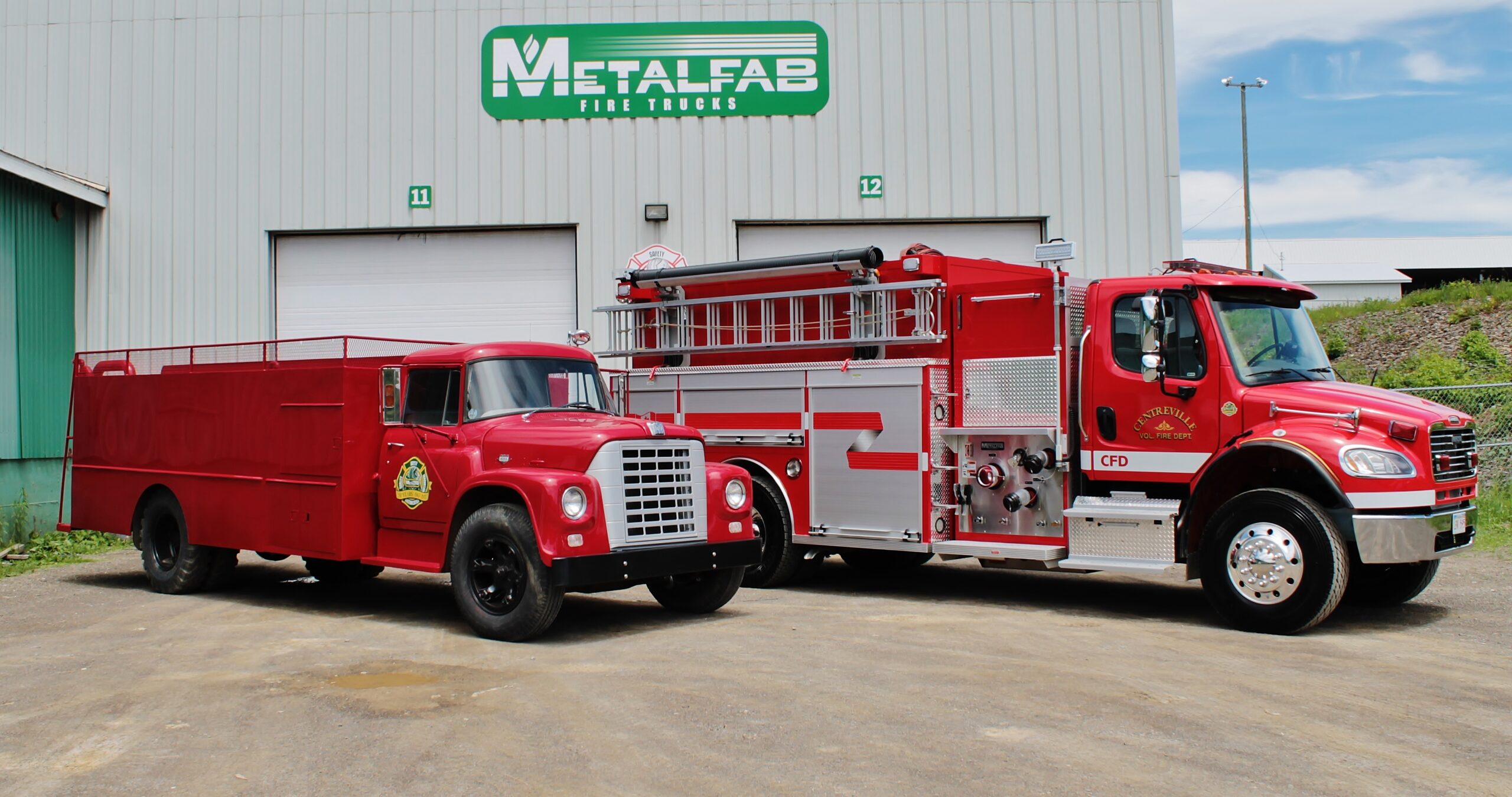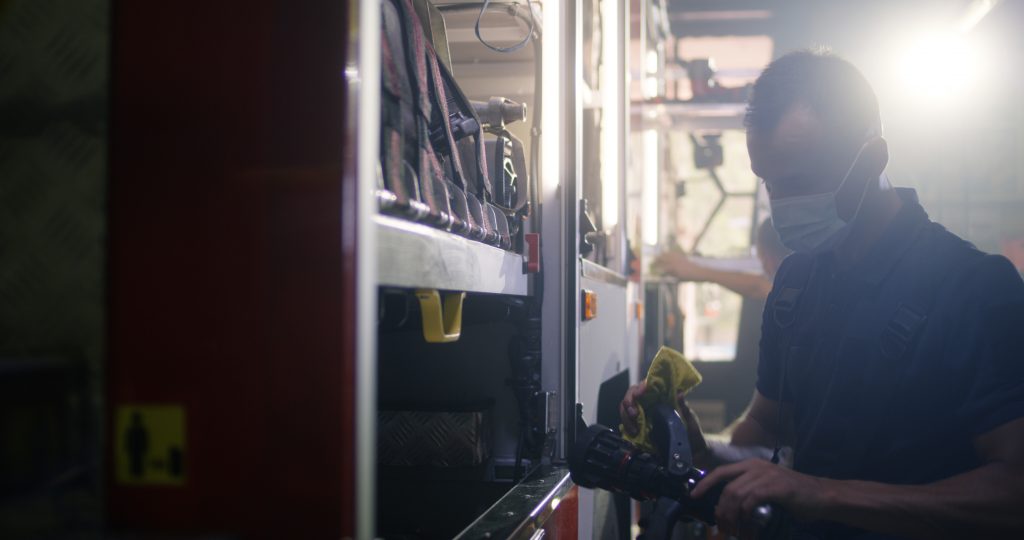

When your crew is responding to a call, it’s certainly not the time to discover there’s an issue with your department’s emergency apparatus. Not to mention, discovering these issues too late often requires excess funds that the department simply doesn’t have.
Another reason daily and weekly inspections are so important is liability. If you are out on the road and face an accident because you’ve failed to do your regular maintenance checks, then the full liability is on the driver. As the local department, keep yourself in the position of responding to emergency response calls, not calling them in.
Downtime, costly repairs, and having emergency apparatus involved in preventable accidents don’t do your community any good. Enhance crew safety and save time and money on your fire truck repairs through regular maintenance of your emergency vehicles. Not only will this keep the budget balanced and maintain the safety of your crews but your communities will be able to better rely on you to be there when they need you most.
There are a number of ways to go about your regular maintenance protocol. As we discussed earlier this year, you should have an annual preventative maintenance schedule in place for your engine oil, filters, and brakes. Your regular maintenance schedule includes a few additional items intended to catch smaller issues before they develop into larger and more expensive repairs.
First and foremost, the pump should be flushed out regularly to clear debris that may have entered when running water from the hydrant. This should be done a minimum of once a month or following any time the vehicle is hooked up to a hydrant, drafted, or supplied by another pumper. When left alone, debris and materials can accumulate inside the pump body and impellers over time, causing problems in the long run. In addition to backflushing, we recommend operating the governor, or relief valve, once a week to once a day as your crew is able.
Proper lubrication is another essential component of regular fire truck maintenance. Access the undercarriage of the fire truck using a creeper to lubricate all of its fittings. Lubricating the engine often prevents overheating and seizures and extends the life of your engine. Also take this opportunity to check the drive shaft and the u-joints and look for leaks in the pump, differential, engine, transmission, and water pumps.
Aside from looking for potential damage and leaks, fire truck operators should be checking hoses before each and every trip. All hoses need to be securely mounted on the vehicle, and the driver or technician should confirm they are not chafing against the drive shaft or wheels. While you’re there, make sure the drive shaft is intact and not cracked or bent. Also ensure the radius of the shaft is clear and free of large pieces of debris and foreign objects that could get in the way while operating the vehicle.
Finally, inspect your brake slack adjuster and steering linkage. Your brake slack adjuster should not have any broken or missing parts, and when the brakes are released, the push rod should not move more than one inch in any direction. Similarly, the connecting links, arms, and rods on the steering linkage should not be worn or cracked. Also check to make sure these parts are securely mounted to the unit.
It’s easy to see why these issues might develop from overusing equipment, but don’t forget that issues can also develop from equipment underuse. Equipment that isn’t often employed also needs to be regularly inspected for signs of breakdown and potential repair.
We understand that limited funds may prevent you from hiring a full-time Emergency Vehicle Technician (EVT) to perform regular inspections and maintenance. Thankfully, most of these tasks can be done by your career or volunteer firefighting staff. Anyone that is licensed to operate the vehicle or apparatus should understand what to look for and have at least the basic knowledge required to perform checks as needed.
To keep everyone organized, have an Apparatus Inspection Form ready for engineers and/or firefighters to complete each shift. If you are primarily a volunteer department, assign this form to be completed on a weekly or biweekly basis. The form will separately list tasks required for each vehicle, such as pumper brakes and emergency lights, with instructions for how to perform each task. These can then be checked off as they are completed. In essence, the Apparatus Inspection Form communicates to the department that someone has done a full inspection for each vehicle and put appropriate maintenance measures in place.
Regularly inspecting and testing key safety items such as brakes, steering systems, emergency lighting, and aerial devices is both critical to your department and required by the NFPA. When you purchase a custom Metalfab fire truck or other emergency response vehicle, we will provide you with a recommended maintenance schedule. In accordance with our NFPA certification, all of our trucks come with training for drivers and technicians, so we’ll make sure you know how to do all of the regular maintenance for your truck before sending you off.
If you have any questions about regular maintenance or need to know how to perform inspections on your custom truck, give us a call at 1-800-561-0012 or email our Business Development Manager, Ryan Stacey, at rastacey@metalfabfiretrucks.com and we’ll be more than happy to help.
SEO:
Header: Save Time and Money on Fire Truck Repairs with Regular Maintenance
Meta: When your crew is responding to a call, it’s certainly not the time to discover there’s an issue with your department’s fire truck.
